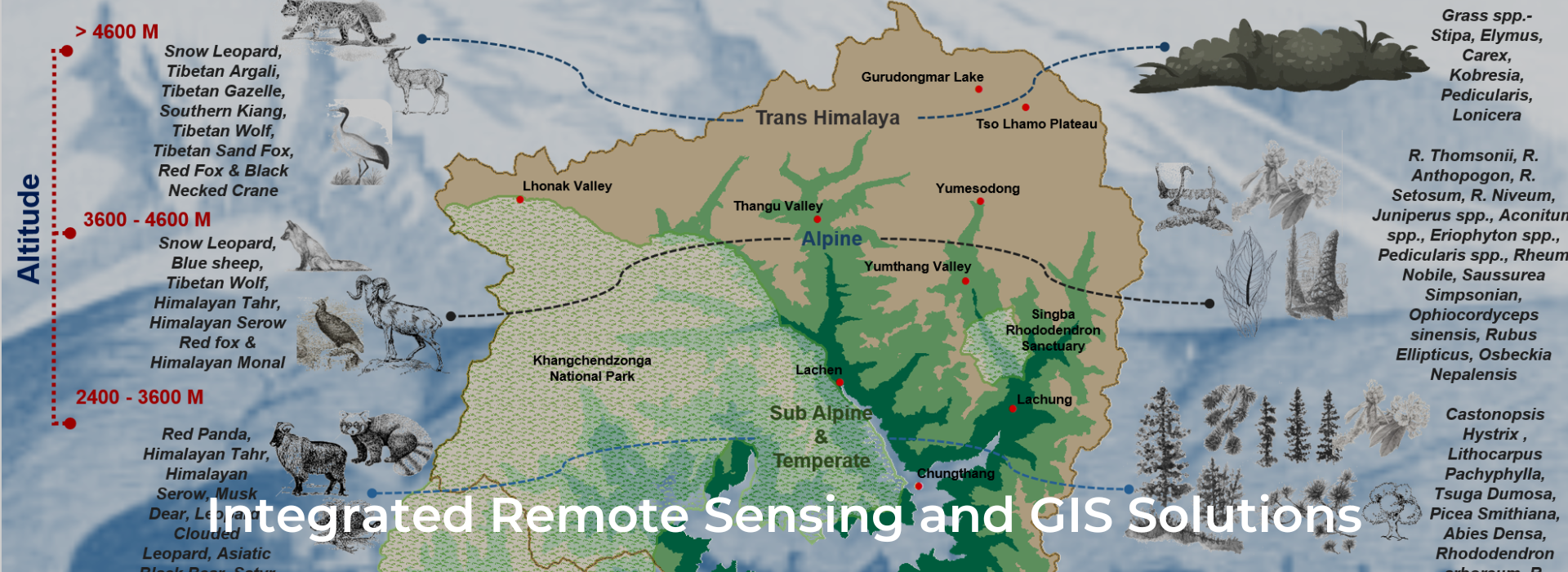IORA was awarded the Sustainable Agriscape for the Future, Phase I and Phase II led by IUCN-India. The programme aims to study agro-ecosystems, their biodiversity and trends of ecosystem services, in order to design suitable ecosystem-based interventions to promote crop productivity to ensure the sustainability of various ecosystems.
During Phase I of the programme, IORA has conducted baseline studies on assessment of Socio-economic, Biodiversity and Ecosystem services review, and spatial delineation of agriscape units based on mapping ecosystem services flow towards in agriculture in Munger landscape. In phase II of programme, IORA prepared a detailed project report on the agriscape plan on interventions for restoration and revival of ecosystem services in the pilot clusters viz; Asarganj, Kharagpur and Sadar. IORA also conducted a training need assessment and developed training modules on sustainable agriculture practices along with community based monitoring framework for activities implemented under the programme. In continuation to that, IORA is working towards the development of Sustainable Agriscapes in Ghod Basin in Maharashtra and Bhavani Basin in Tamil Nadu. Using our experience in Munger, we will delineate Agriscapes and suggest interventions in the current project areas. The work involves undertaking baseline surveys on ecological, biodiversity and ecosystem services of the landscape, spatial identification and removal of existing gaps and provision of suggestions on interventions supporting the rejuvenation and enhancement of ecosystem flows. The selected interventions will be geospatially designed with a unique identification code generated for piloting. These Agriscape Plans will further be validated through triangulation. Implementation for the project is expected to enhance biodiversity and flow of ecosystem services in the region. This will further enable food security and enhanced livelihoods for the project beneficiaries.


